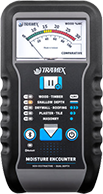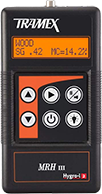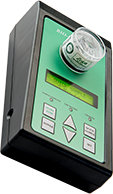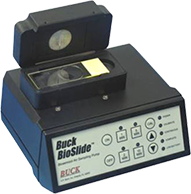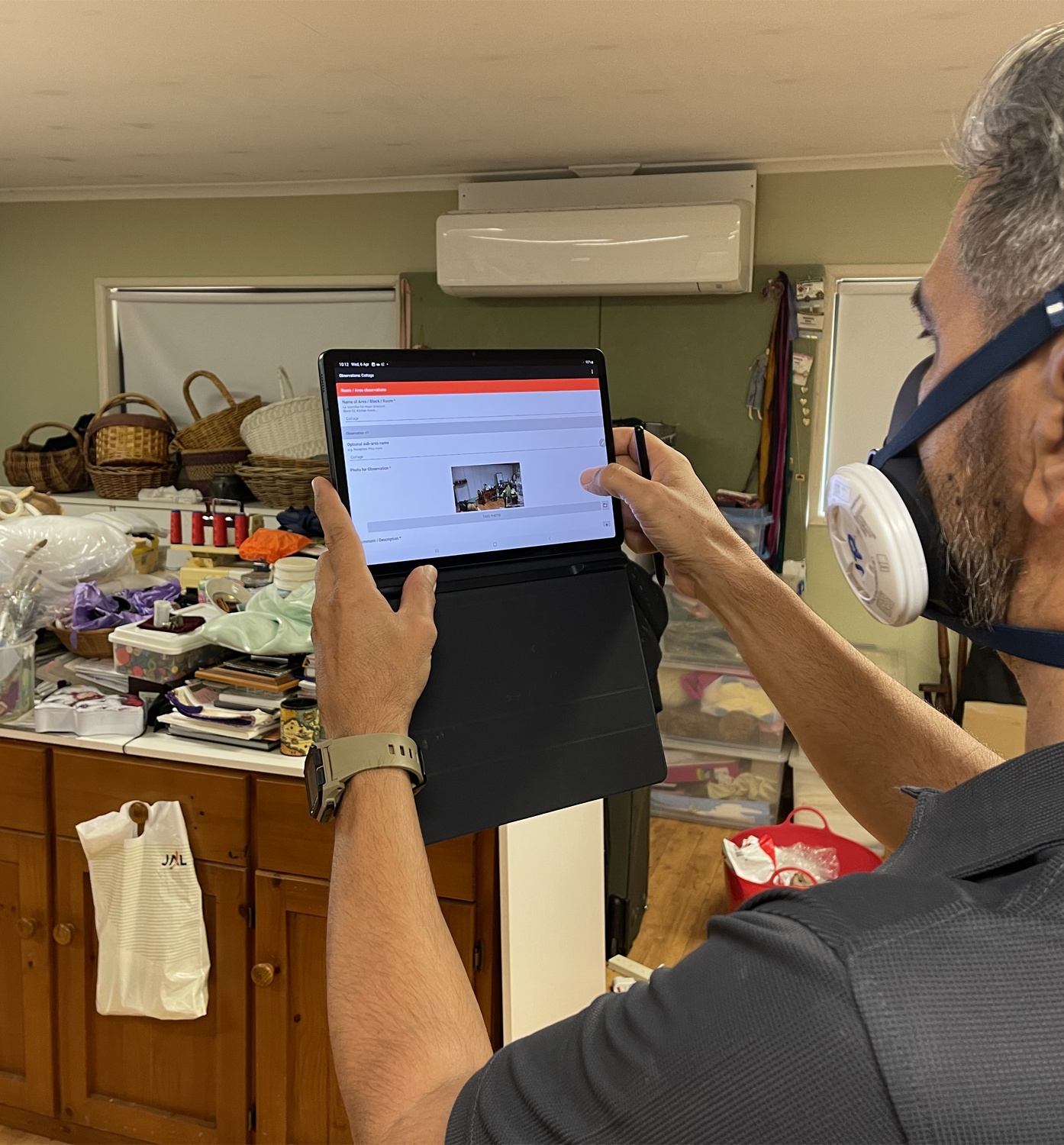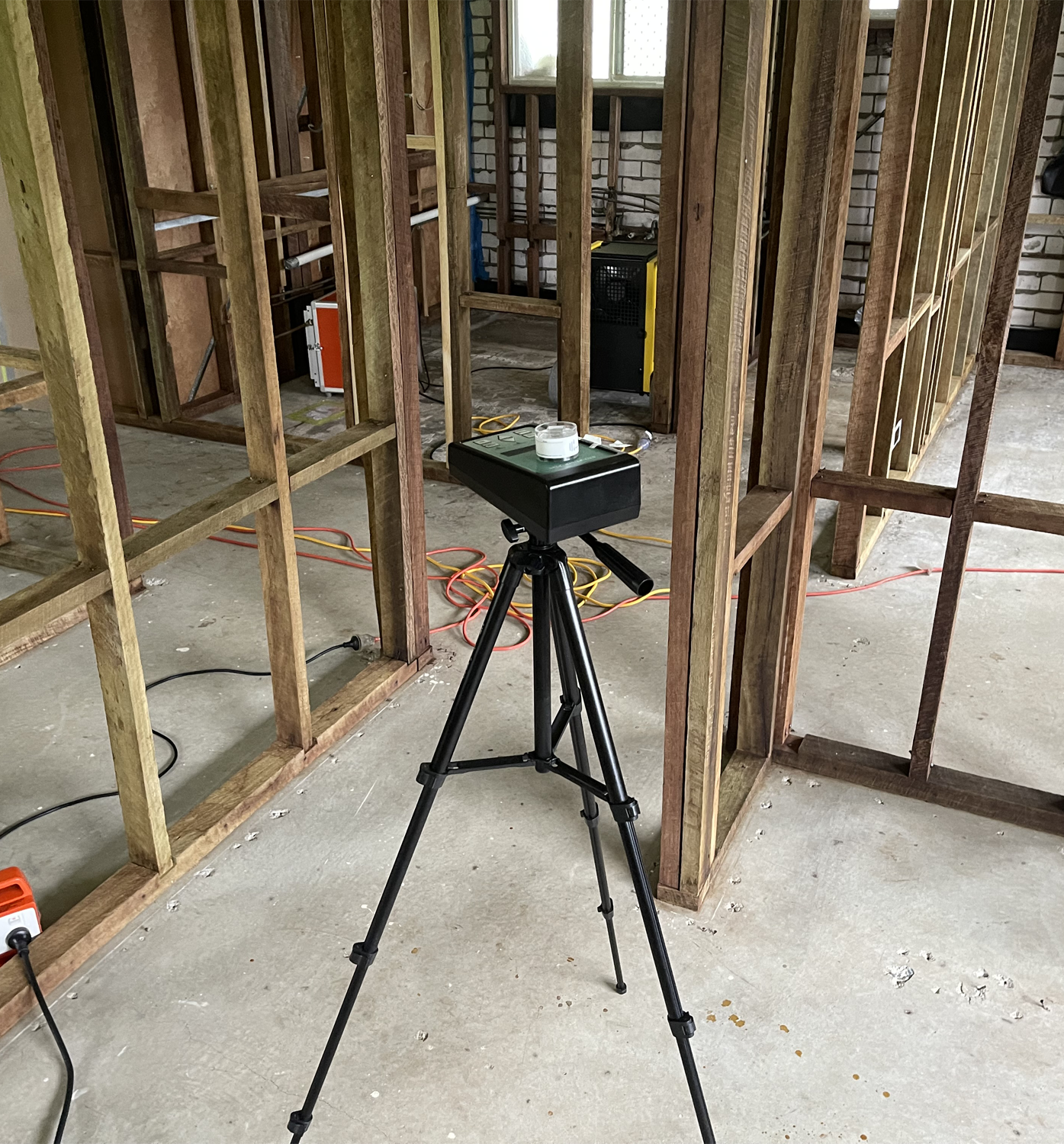Mould and Water Damage Inspections | Investigation
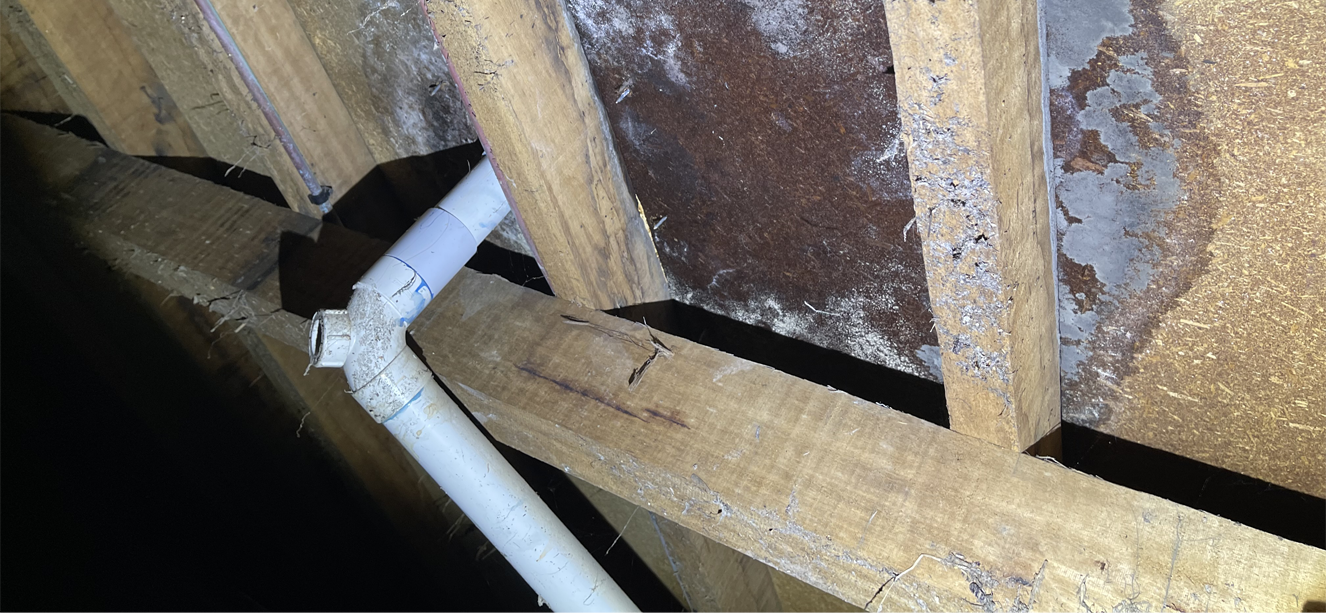
Mould Investigation in Australia
When water enters a building & makes contact with moisture sensitive building materials, damage is almost inevitable.
One aspect of such damage that cannot be ignored is the potential for mould growth. The World Health Organization states:
“Excess moisture on almost all indoor materials leads to growth of microbes, such as mould, fungi and bacteria, which subsequently emit spores, cells, fragments and volatile organic compounds into indoor air.”
“Health hazards result from a complex chain of events that link penetration of water indoors, excessive moisture to biological growth, physical and chemical degradation, and emission of hazardous biological and chemical agents.”
(WHO Guidelines for Indoor Air Quality – Dampness and Mould).



